Sustainable grocery shopping doesn’t just help the planet—it can also save you a good chunk of change. By making smarter choices, you can reduce waste, cut down on unnecessary costs, and still eat well. It’s all about shifting habits and getting more creative with how you shop. It may be a bit challenging in the beginning, but these tips will surely be a great starting point!
Contents
- 1 Plan Meals Ahead of Time
- 2 Buy in Bulk Where Possible
- 3 Choose Seasonal and Local Produce
- 4 Bring Your Own Reusable Bags
- 5 Buy Generic or Store Brands
- 6 Minimize Food Waste by Freezing Leftovers
- 7 Opt for Herbs You Can Regrow
- 8 Shop with a List and Stick to It
- 9 Embrace Meatless Mondays
- 10 Purchase Items with Less Packaging
- 11 Use Coupons and Loyalty Programs
- 12 Buy Frozen Fruits and Vegetables
- 13 Shop at Farmers Markets or Join a CSA
- 14 More From RetailShout
- 15 21 Aldi Just Brought Back Its Best Holiday Products Early
- 16 17 Retro ’60s Desserts You’ll Want to Bake Again
Plan Meals Ahead of Time

Creating a weekly meal plan helps you avoid unnecessary purchases and food waste. By knowing exactly what you need for each meal, you can make more efficient shopping lists. This prevents impulse buys and ensures that everything you purchase gets used. Planning also allows you to take advantage of seasonal produce, which is often cheaper and more sustainable. Additionally, it helps you stick to your budget by minimizing last-minute takeout temptations.
Buy in Bulk Where Possible

Bulk buying is an excellent way to cut down on packaging waste and lower your grocery costs. Staples like rice, beans, pasta, and spices are usually cheaper when purchased in larger quantities. Just be mindful of what you can realistically use before items go bad. Bringing your own reusable containers to stores that offer bulk sections can further reduce single-use plastic consumption. Buying in bulk also allows you to manage your pantry more efficiently, helping you save on future shopping trips.
Choose Seasonal and Local Produce
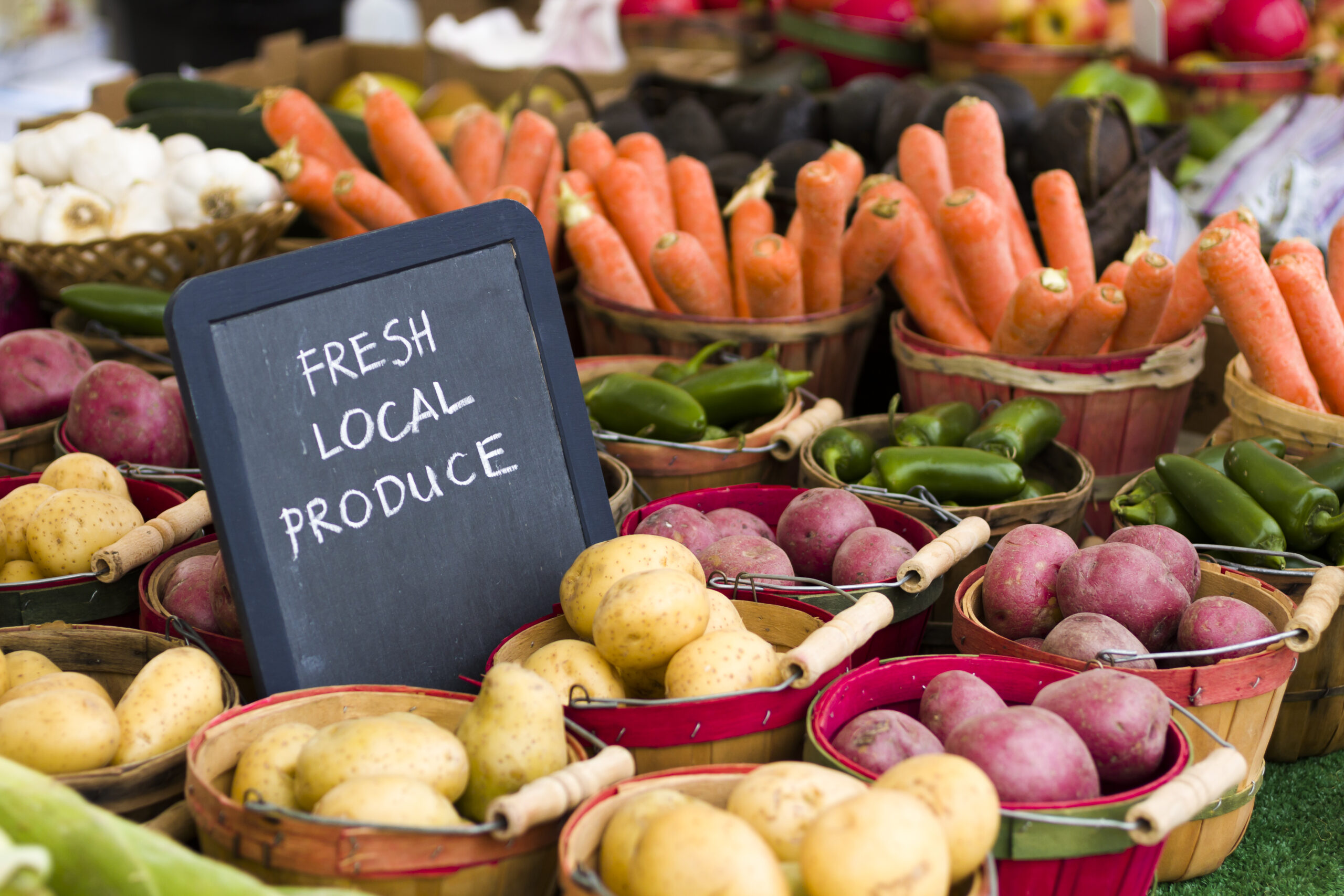
Purchasing fruits and vegetables that are in season not only supports local farmers but also helps you save money. Out-of-season produce often has to be imported from faraway locations, raising both its environmental impact and its price. Seasonal items are fresher, more nutritious, and typically much more affordable. Local produce has a smaller carbon footprint due to reduced transportation needs, making it a more sustainable choice. You can also look for farmer’s markets or local co-ops to find better deals on fresh goods.
Bring Your Own Reusable Bags

While this might seem like a small change, consistently bringing your own reusable shopping bags can add up over time. Many stores now charge for plastic bags, so by using your own, you can save a little extra on each trip. More importantly, it helps reduce the amount of plastic waste that ends up in landfills. Investing in sturdy reusable bags also means you won’t need to replace them frequently. Additionally, some stores even offer discounts for customers who bring their own bags.
Buy Generic or Store Brands
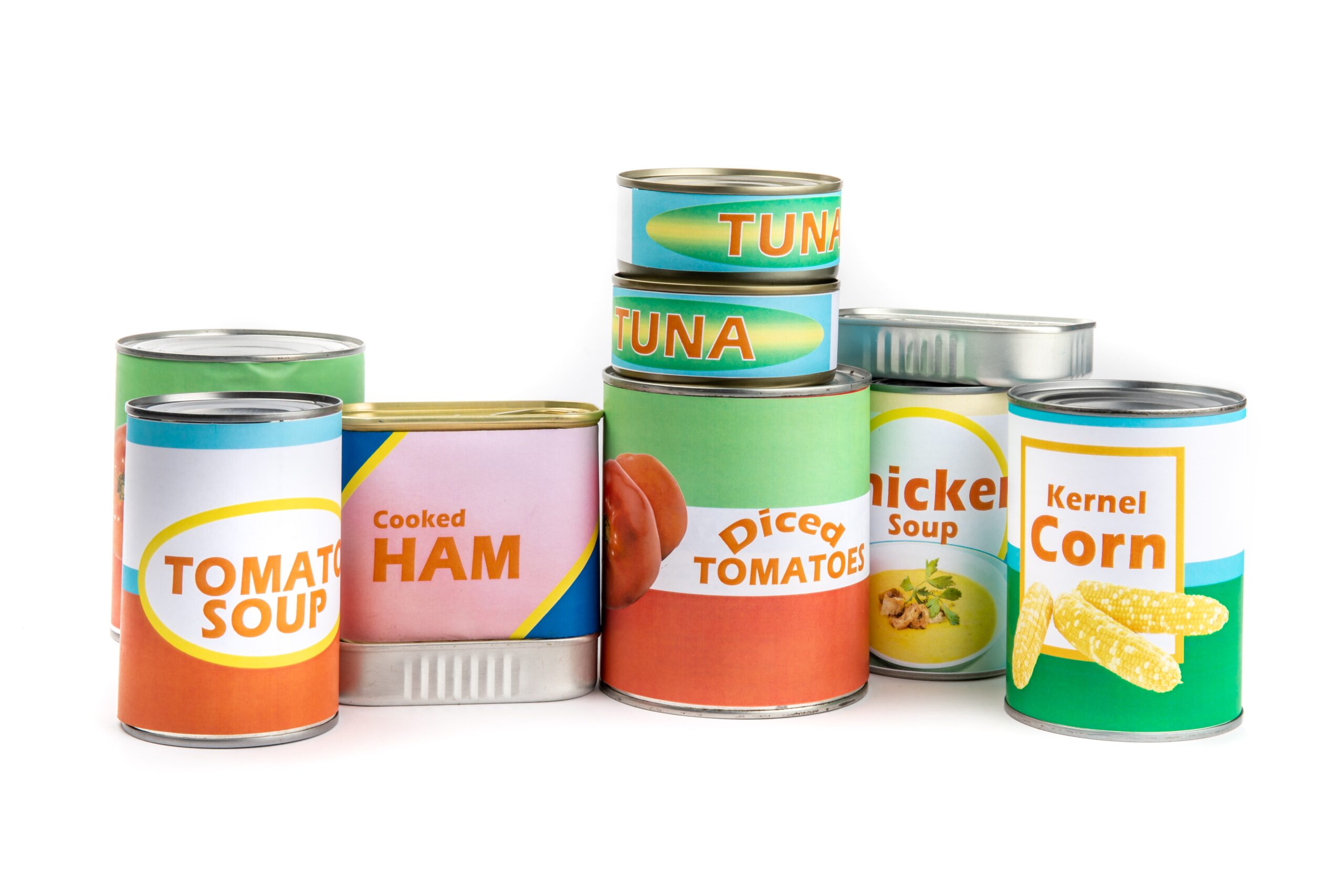
Opting for store brands or generic versions of products can save you a significant amount of money without sacrificing quality. These products are often made by the same manufacturers as name-brand items but come with less fancy packaging. Not only do store brands cost less, but they also usually have less wasteful packaging, which is better for the environment. Be sure to compare ingredients and quality to ensure you’re not compromising on nutrition. Over time, these savings can add up to hundreds of dollars per year.
Minimize Food Waste by Freezing Leftovers
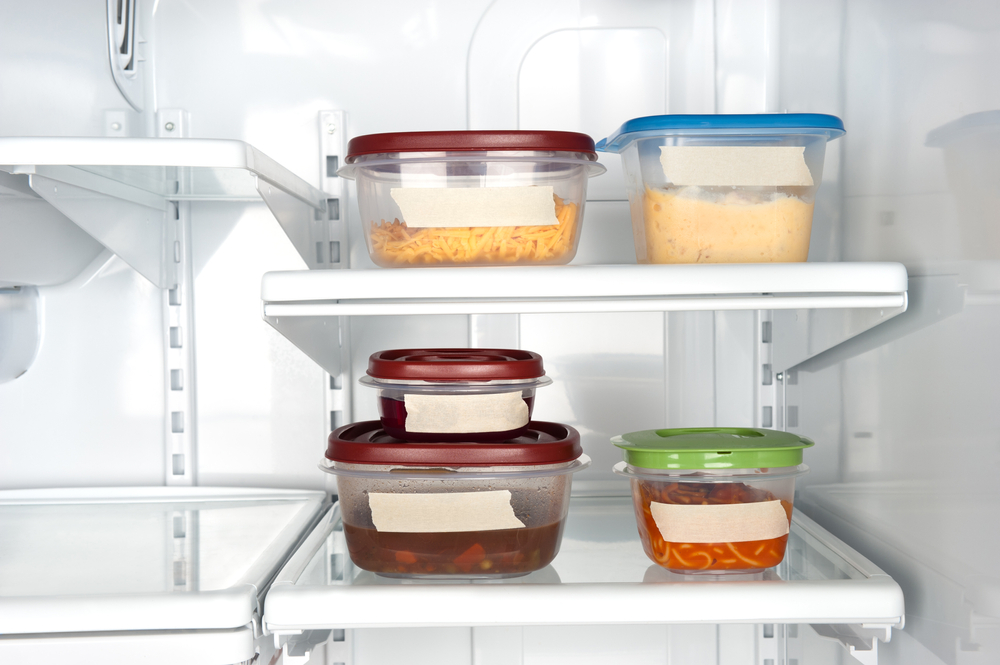
When you buy groceries, plan for leftovers and freeze them when possible. Freezing cooked food is an effective way to make sure nothing goes to waste and can provide you with a convenient meal for a future day. You can also freeze perishable items like bread, fruits, and vegetables that you won’t use immediately. This extends the life of your groceries, saves you money, and ensures that food doesn’t end up in the trash. Reducing food waste is one of the easiest ways to lower your grocery costs and reduce your environmental footprint.
Opt for Herbs You Can Regrow

Instead of purchasing pre-cut herbs, choose herb plants with roots or buy herb seeds that can be grown at home. Herbs like basil, mint, and green onions are easy to regrow from clippings or roots, which can help you save money in the long run. This sustainable habit reduces the need to buy fresh herbs repeatedly and also minimizes packaging waste. Growing your own herbs allows you to have fresh, flavorful ingredients at your fingertips whenever you need them. It’s a simple way to cut down on grocery costs while enjoying high-quality produce.
Shop with a List and Stick to It
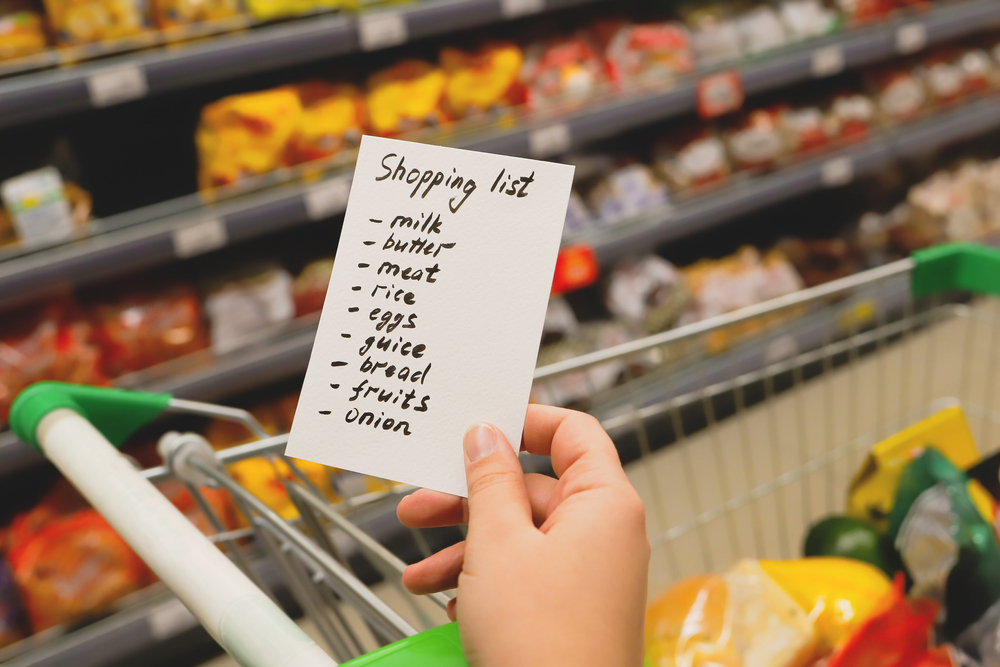
Impulse purchases are one of the main culprits of overspending and buying unnecessary items. Shopping with a list ensures that you only buy what you need and avoid the temptation of impulse buys. This reduces food waste and prevents you from spending money on items that don’t fit into your meal plan. By sticking to your list, you can also keep track of your budget more easily. This habit also encourages mindful consumption, as you’re more likely to think critically about each item you purchase.
Embrace Meatless Mondays
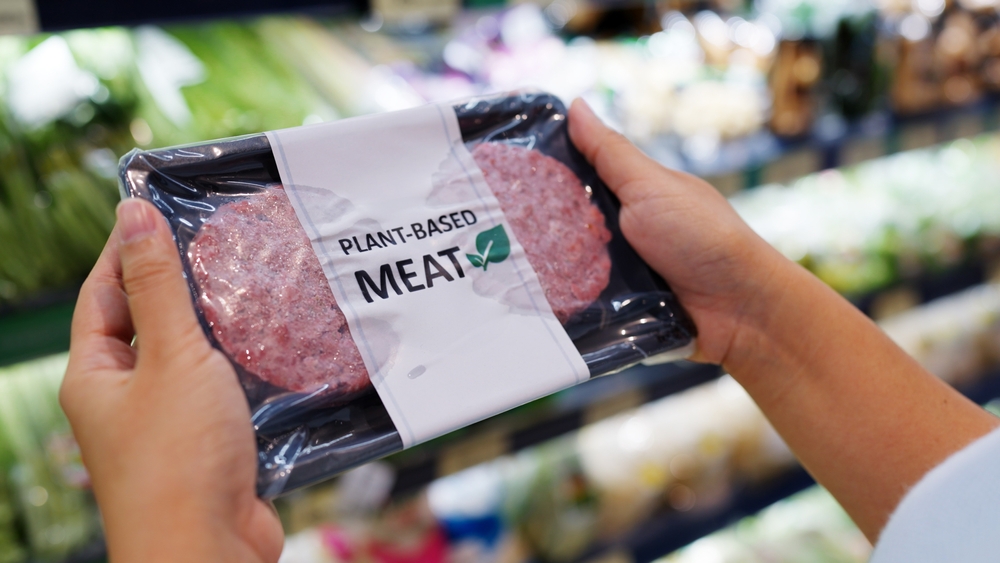
Incorporating plant-based meals into your weekly routine can significantly lower your grocery bill and reduce your environmental footprint. Meat tends to be one of the more expensive items on a grocery list, so reducing your intake can help cut costs. Opt for protein-rich alternatives like beans, lentils, and tofu, which are much more affordable and have a lower environmental impact. You can start by embracing “Meatless Mondays” and gradually work more vegetarian meals into your diet. This not only helps the planet but also introduces more variety and nutrients into your meals.
Purchase Items with Less Packaging

Opting for products with minimal or recyclable packaging can save you money and reduce your environmental impact. Many products, especially organic or eco-friendly options, come in bulk or reusable containers. Not only are these often cheaper in the long run, but they also produce less waste. Look for items that use cardboard, glass, or metal packaging instead of plastic. This choice supports companies that prioritize sustainability and helps reduce the demand for single-use plastic.
Use Coupons and Loyalty Programs
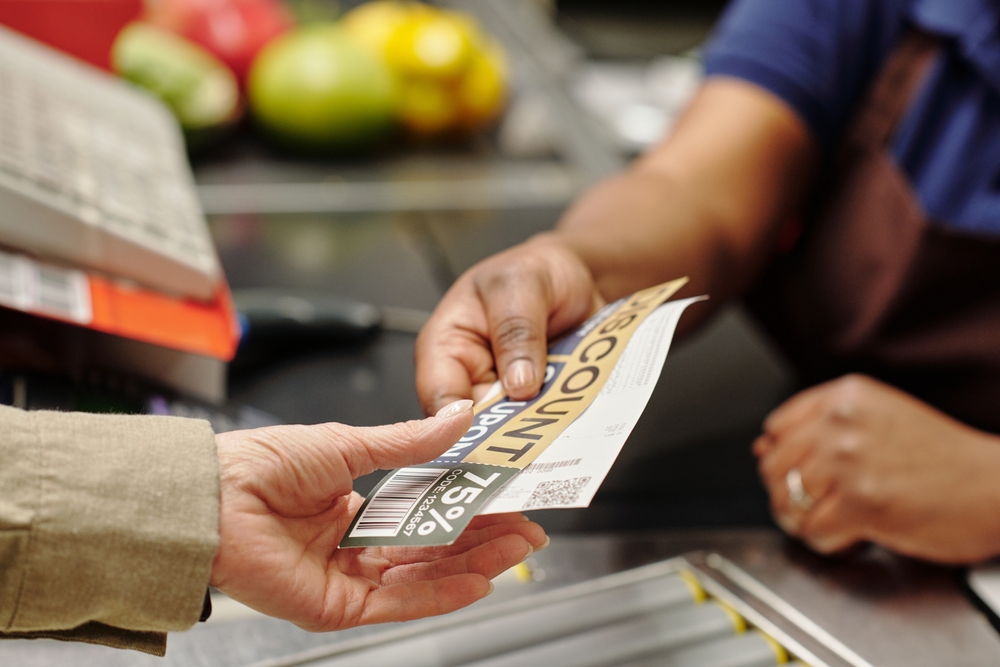
Taking advantage of coupons and store loyalty programs can lead to significant savings on your grocery bill. Many stores offer digital coupons through their apps or websites, making it easy to save on items you already plan to purchase. Loyalty programs often provide discounts, cashback, or points that can be redeemed for future purchases. Some stores even offer personalized discounts based on your shopping history, which can help you save on frequently bought items. These savings strategies are both sustainable and budget-friendly when used wisely.
Buy Frozen Fruits and Vegetables
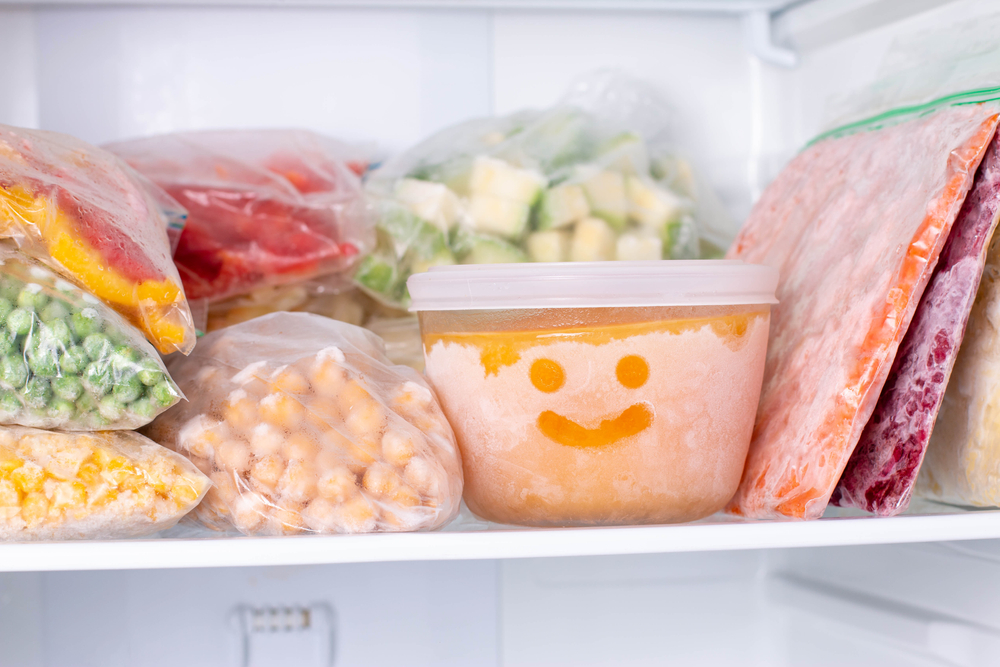
Frozen fruits and vegetables are a cost-effective and sustainable option for adding nutrition to your meals. Since they are often frozen at peak ripeness, they retain most of their nutrients and flavor, making them a great alternative to fresh produce. Frozen items also last much longer than their fresh counterparts, reducing the risk of food waste. They are typically cheaper than out-of-season fresh produce and are available year-round. Stocking up on frozen goods can help you maintain a balanced diet while sticking to your budget.
Shop at Farmers Markets or Join a CSA
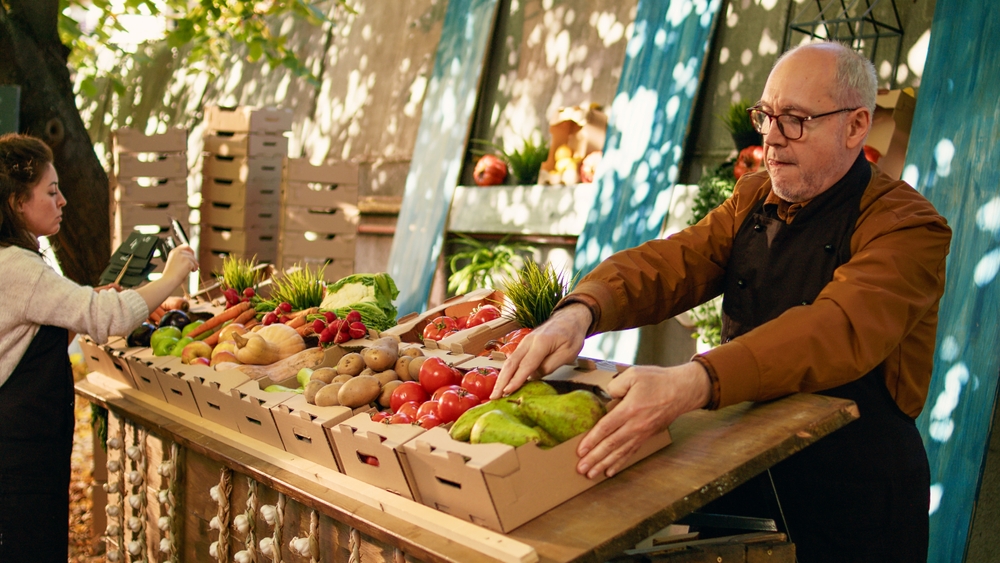
Supporting local farmers through farmers markets or community-supported agriculture (CSA) programs helps you access fresh, affordable, and sustainable produce. Farmers markets often offer lower prices on seasonal produce since you’re buying directly from the grower. CSAs allow you to purchase a share of a local farm’s harvest, often at a discounted rate compared to grocery stores. Both options reduce the carbon footprint associated with transporting food long distances. You also support local agriculture, which promotes a more resilient and sustainable food system.
This article originally appeared on RetailShout.
More From RetailShout
5 Trader Joe’s Treats to Buy and 5 to Avoid
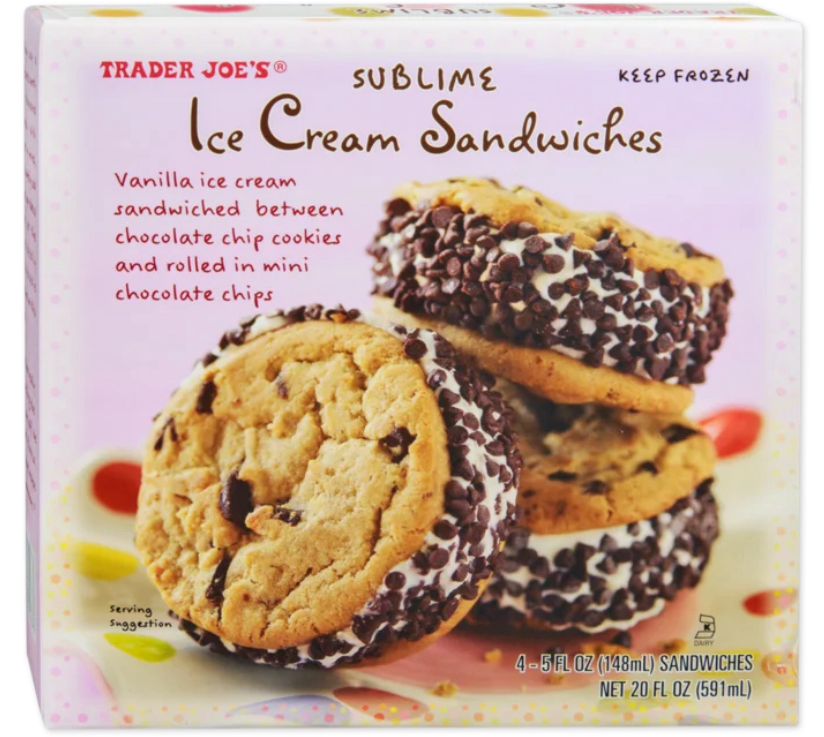
Navigating the aisles of Trader Joe’s can feel like a treasure hunt, filled with delightful surprises and the occasional misfire. With so many tempting treats to choose from, it’s easy to fill your cart with both hits and misses. Read More.
21 Aldi Just Brought Back Its Best Holiday Products Early
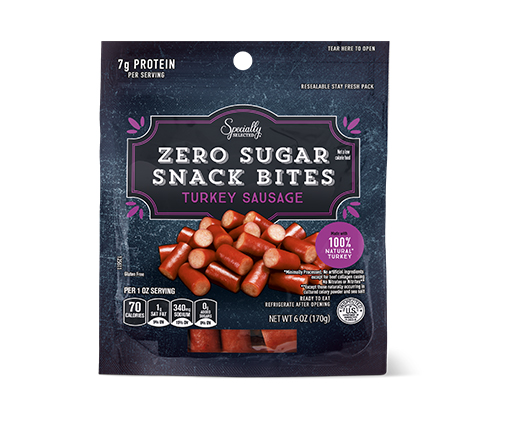
ALDI just brought back some of its best holiday products, and it’s time to get excited. These aren’t your average grocery store finds—this lineup is all about gourmet flavors and unique treats that you can’t always find year-round. Read More.
17 Retro ’60s Desserts You’ll Want to Bake Again

The 1960s were a time of iconic fashion, music, and yes – delicious desserts! From colorful Jell-O molds to rich, creamy pies, these retro recipes bring back all the nostalgia of the good old days. Read More.






